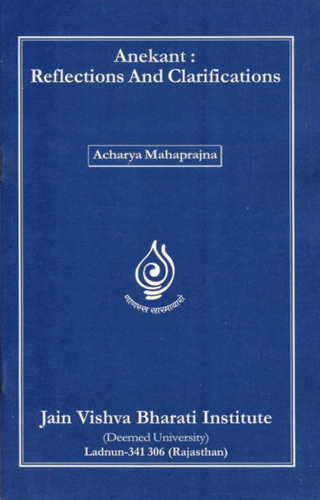The reality (sat) or the substance (dravya) is object of knowledge. Naya, anekānta and syādvāda are essentially the forms of knowledge, and are the means to know it. Sometimes we have a propensity to know it wholly, sometimes part by part. The attempt to know the same reality through various propensities forms the basis of nayavād, anekāntavād and syādvāda.
The doctrine of naya is the process of knowing the reality part by part. From substantial naya, the substance is a real object; the mode is an unreal object. From modal naya, it is the viceversa.[5]
The substantial naya is the standpoint to comprehend the substance; the mode does not fall in its domain, but it does not mean that it denies the mode. Therefore, though aikāntika, such standpoint is a valid point of view (naya). If the substantial stand-point denies the mode, it would become invalid (durnaya). Similarly the modal point of view comprehends the mode, but it does not deny the substance. Therefore, though partial, it is a valid view-point (naya). If it denies the substance, it, being absolutely aikāntika, would become invalid. The non-relative one-sided view has created many problems in the field of philosophical thought. Anekānta provides a solution to those problems. If substantial or modal nayas were to be non-relative, anekānta would not have arisen. The reality has an innate capacity of changing and change is thus a part and parcel of reality. Permanence and change cannot be separated totally; they cannot exist independently. It is to deny their independence that non-absolutism arose.
 Acharya Mahaprajna
Acharya Mahaprajna
 Publisher:
Publisher: 